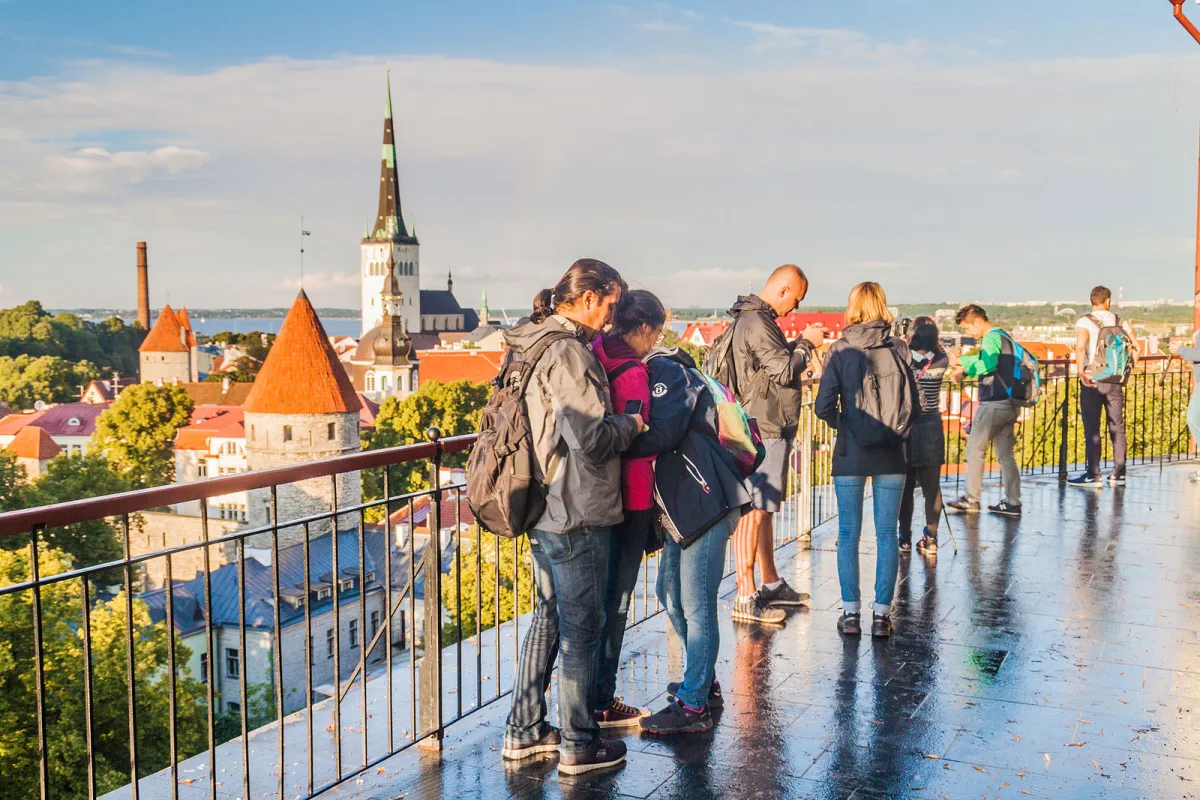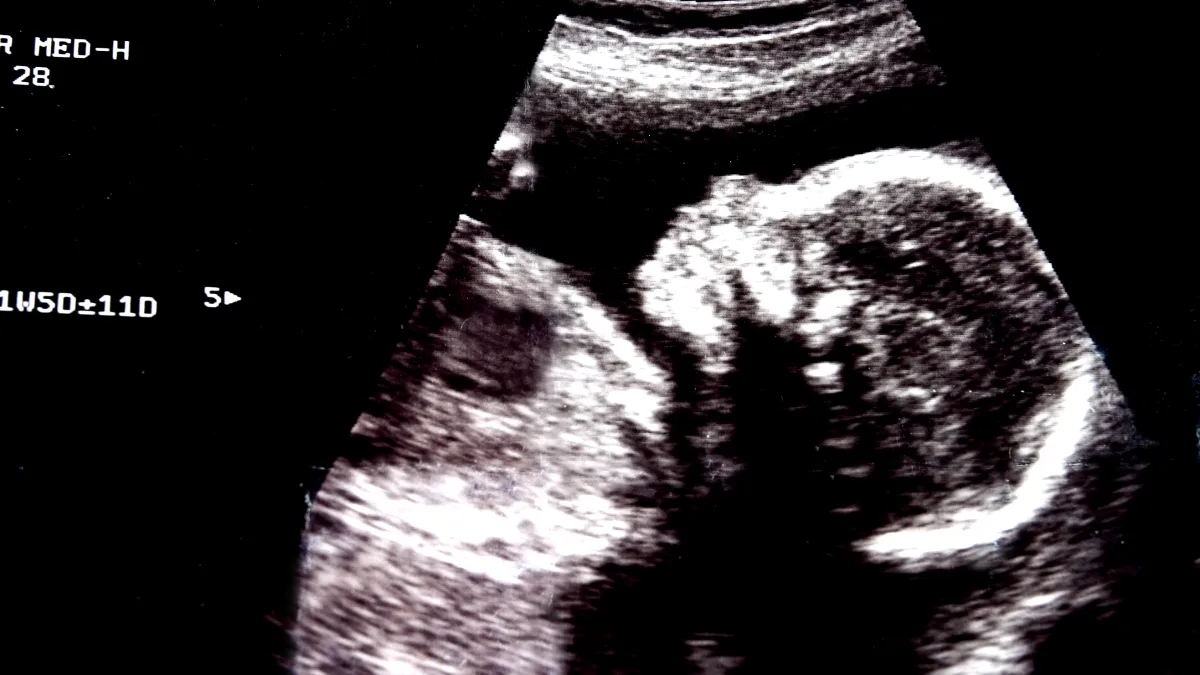The region is only a moderate innovator; There are hardly any unicorns; Companies and governments are stuck in the past. Over the past few years, I have heard these phrases repeated so many times.
While there are grains of truth in some of these comments, the situation on the ground is better than it appears. And the Digital Future discussion series has revealed some excellent examples.
Estonia ranks first in the EU on digital public services and continues to be a strong frontrunner in this area. The country is also a world leader in unicorns per capita. It wouldn’t be so if its government hadn’t set out the Principles of Information Policy back in 1998.
Other countries in the region understand that they have to be catalysts too.
“We are building the most convenient digital state in the world, without corruption, without bureaucracy, absolutely paperless and transparent,” Valeriya Ionut, Ukraine’s deputy minister of digital transformation said during the Tech for Transformation session, which I was delighted to host during the Ukraine Recovery Conference in London in June.
The Digital Future discussion series showed examples in other countries like Poland, Czechia and Slovakia. Emerging Europe’s journalists explored the progress of public sector digitalisation in countries like Mongolia, where know-how from Estonia has helped carry out the digital transformation at an impressive speed.
I have seen great progress in Serbia, Kazakhstan, Uzbekistan, and now in Moldova, where the government is constantly monitoring the progress towards 100 per cent digital Moldova, which is now at almost at 45 per cent. I will soon be speaking to the country’s deputy prime minister and minister of economic development and digitalisation, Dumitru Alaiba, to learn more.
“We know from our own research that more digitally advanced countries are greener, more productive, innovative and much more competitive,” Evangelos Chrysafidis, CEMA public sector lead at Microsoft, said in a video. “Public sector digitisation plays a catalyst role, it makes the business of government more resilient, agile and efficient. It also creates conditions for broader economic growth and digital inclusion.”
The urge to transform
One of the findings of the latest PwC Global CEO Survey was very good news. It showed that almost half (45 per cent) of CEOs in CEE — compared to nearly 40 per cent of CEOs globally — believe their companies will not be economically viable a decade from now without transforming their business. Investing in automation, upskilling, the cloud and AI top their list of priorities for the coming year.
“If they don’t transform the business model overall — it’s to a great extent connected with the whole technological transformations that have been going on the market — when we go and ask them what happens beyond [those ten] years, the responses are even more interesting because almost 60 per cent of CEOs think they have to change significantly to be economically viable,” Adam Krasoń, CEO at PwC CEE, tells me in an episode of the Emerging Europe Talks Sustainable Impact podcast.
Kostas Loukas, general manager of enterprise clients for Microsoft Central and Eastern Europe tells me in another episode that these figures speak to a fundamental mindset around what digital transformation means in the current context.
[This is a] “process that goes deep into how we are creating competitive advantage, how each company in each sector creates competitive advantage, looking into that through that lens altering and updating that type of mission, that type of engagement with shareholders, with customers, with our own employees in creating a new paradigm for our company. This is ‘innovate or pass away,’” he adds.
Mariusz Chudy, technology alliances leader at PwC CEE points to another piece of good news, that CEE companies tend to implement cloud later, but better. “They are moving towards large transformations instead of small projects. And the other good news is that data and AI are the sweet spot for any digital and cloud transformation,” he says in a video.
This all seems that it is no longer only resilience but also perseverance.
World’s digital heartbeat
And, finally, the emerging Europe region is fast advancing from being an area of opportunity to becoming the heartbeat of digital progress, thanks to its talent pool. The region has been reinforcing its reputation as a hotbed of digital innovation in recent years, with digital-native businesses springing up across the region.
Over 30 unicorns have sprung from the region in the last decade, with digital native organisations as diverse as Romania’s FintechOS and Croatia’s Rimac Technology transforming traditional industries such as financial services and automotive. A further indicator that the region is progressing fast in the area is the fact that AirSlate, a Ukrainian company, made unicorn status the middle of 2022.
Tamara Macasovic, people and talent leader at PwC CEE, talks about a group of teenagers from a small town of Iłża, about 150 kilometres from Warsaw, working on a device to make learning easier for visually impaired children.
“The device will use an OCR (Optical Character Recognition) technique and will be very small so the students will be able to attach it to their glasses and hear the contents of their school textbooks,” she writes.
For Ratko Mutavdzic, CEE digital natives lead at Microsoft, all of this is evidence that the barriers which used to exist in the region are simply “not there anymore”.
“People are more ready to develop something in Central and Eastern Europe,” he says, and highlights how many start-up founders in the region are willing to put something back, investing in a new generation of start-ups,” he tells Emerging Europe in an interview.
In 2022, PwC looked at the state of the climate tech market across 27 CEE territories and they found out that it has grown 50-fold with more than 1.76 billion US dollars invested within the previous eight years. They also identified 50 start-ups to watch, with some working in areas such as smart grid management, automated waste management and product tracing among others.
Agnieszka Gajewska, PwC’s global government and public services leader, and CEE clients and markets leader, says PwC research suggests that 50 per cent of energy that will be generated by 2050 will come from technologies that either do not today exist, or which are merely at a very early stage of development. Underpinning many of these opportunities is the wealth of talent that the CEE region can boast.
“We have an unrivaled pool of digital talent in our region,” says Gajewska, which, allied with the geopolitical situation and the increased need to bring supply chains closer to home, offers the region “an opportunity to play a much more prominent role in the future.”
According to the Future of Emerging Europe report, 2.4 million people are employed in the ICT sector, three per cent of all employed across 23 countries.







